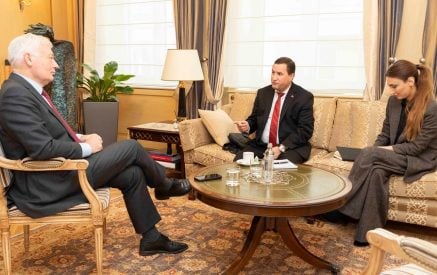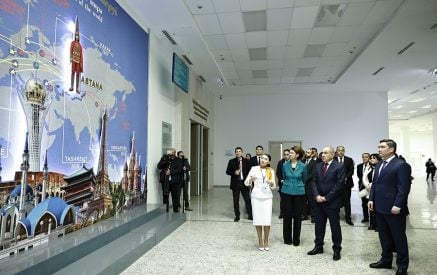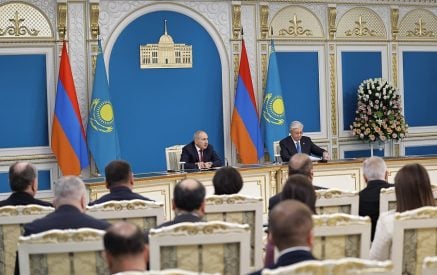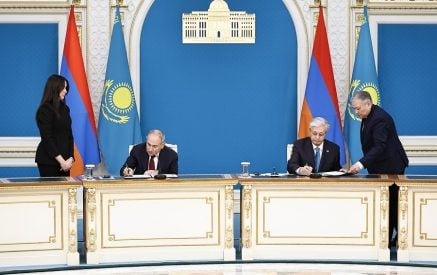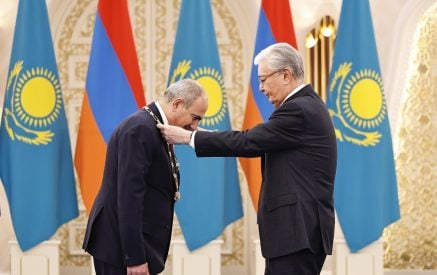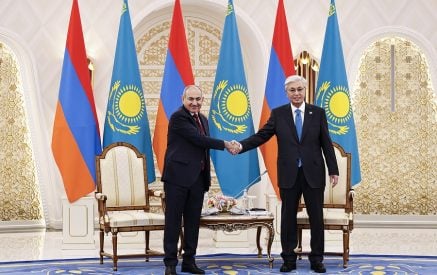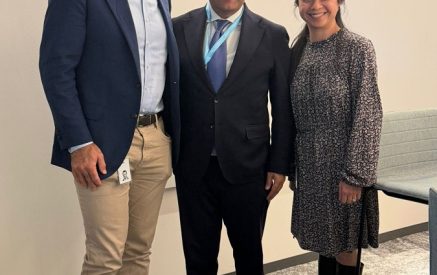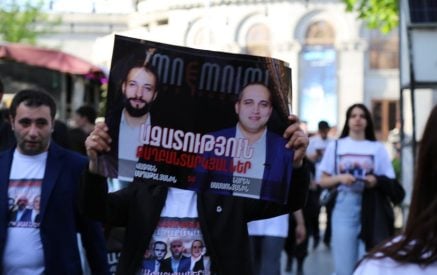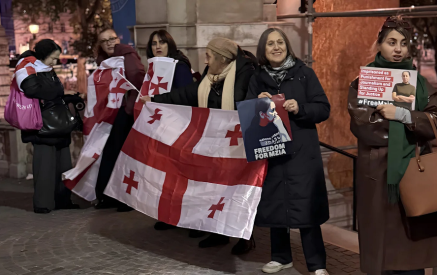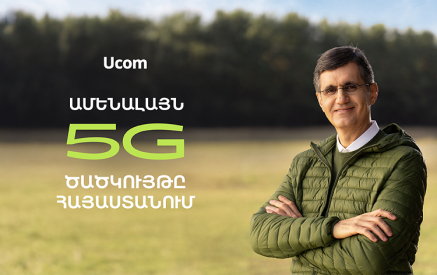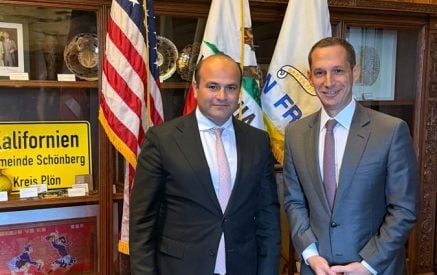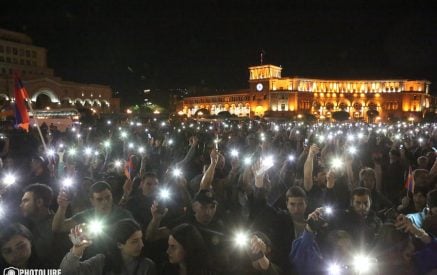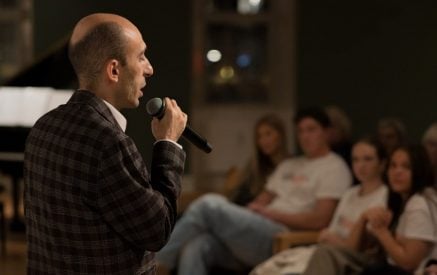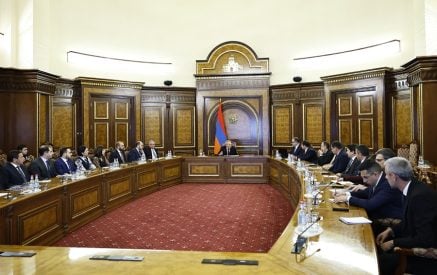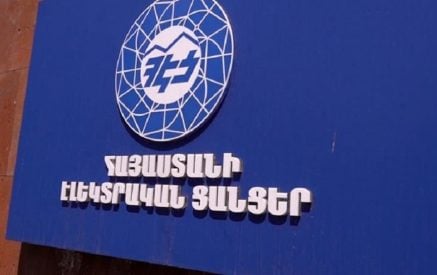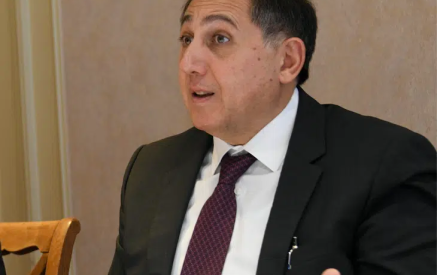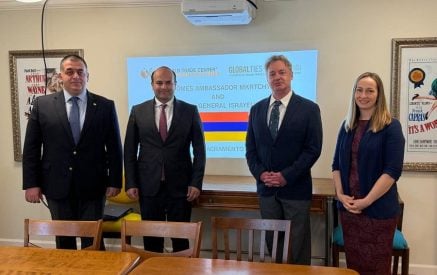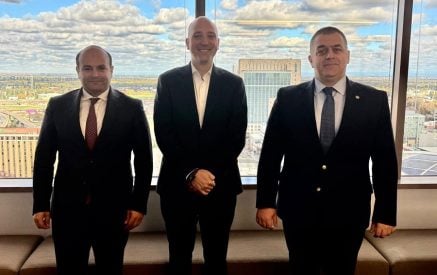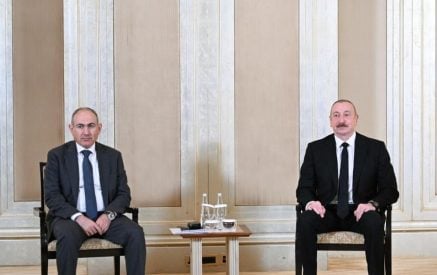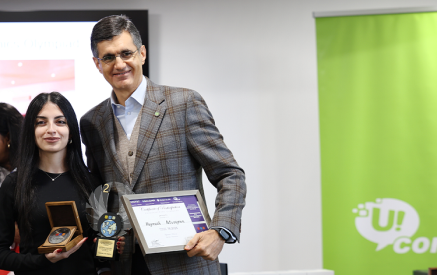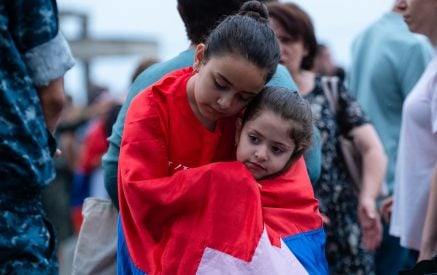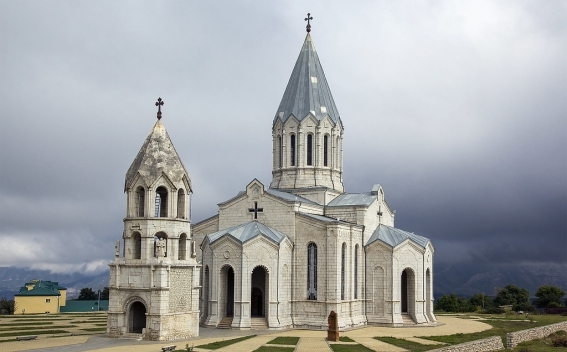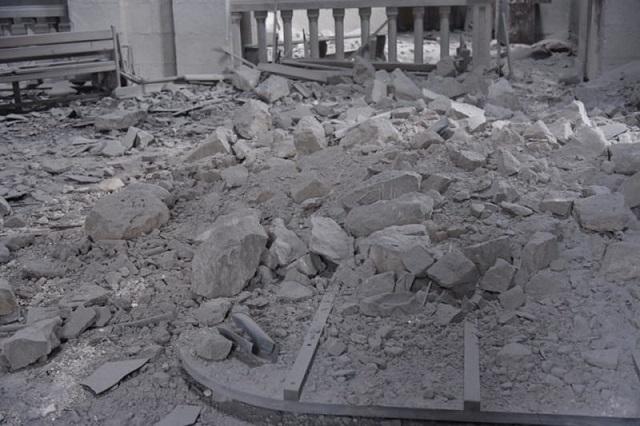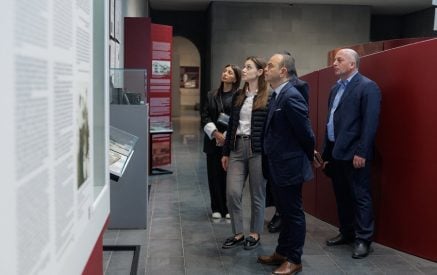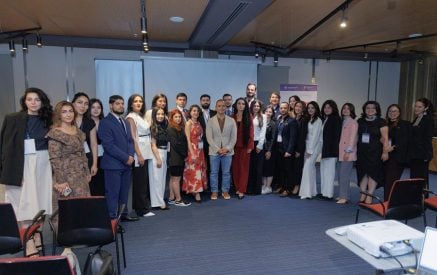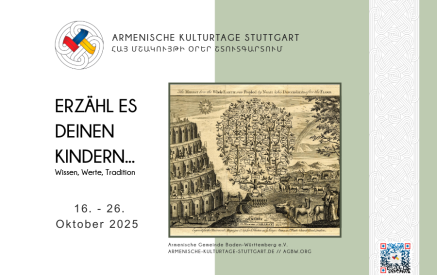The highs and lows for Armenians around the world — the Republic of Armenia, Artsakh and the Diaspora — have been eye opening about us as a people. Of course, now, the highs seem like a thing of the past.
I was lucky enough that my first visit to Armenia was with my daughter in 2009, when she was a fifth grader at St. Stephen’s Armenian Elementary School in Watertown. Every year, the talented and dedicated fifth grade Armenian teacher, Ardemis Megerdichian, leads the students and parents on a two-week trip to Armenia and Artsakh. It’s not very easy on anyone, including the parents; we wake up at 6 a.m. and accompany the children as they go to museums, historic sites, churches, schools, etc., and generally try to keep them out of trouble while making them understand this is a special trip.
Read also
Our trip was organized such that after four or five days in Yerevan, we left our baggage at the hotel and headed to Karabakh for four days.
If only I had realized that this was to be my last visit ever to Shushi.
The journey from Yerevan to Stepanakert, our final destination, on a very large bus, containing a dozen shrieking girls and rambunctious boys and the parents, plus Ardemis, another teacher, Digin Anahid, and our capable tour guide and lovely, grizzled bus driver, made me yearn for headache medicine. Sadly, on those very well-paved yet narrow and curvy mountainous roads, I realized I suffer from a crippling fear of heights. I needed a cigarette —make that two, one in each hand. I had kicked the filthy habit a long time ago, but the view outside the bus did not help.
After leaving Yerevan, we made frequent stops along the way, including a roadside bathroom in Goris, the stench of which helped many of the mothers on the trip develop superhuman feats of bladder control.
The children must have sung Getashen about 84 times during the trip, which only helped my ever-increasing cravings for nicotine. A little after our stop at Karahunj, the Armenian Stonehenge, the road started to get windier and steeper. I remember at one point looking out my side of the bus and seeing a sheer drop. For what seems like days, the large bus ascended one side of the mountain and descended the other. I made the tragic mistake of looking ahead just at the point when the bus was making a particularly drastic hairpin turn, high above the mountain, and saw the front of the bus over the sheer drop. Even now, when I think of this particular sight, my palms get sweaty.
Many of the kids, now settling in for yet another sing along, were excitedly pointing out fortresses and churches along the way which dotted the landscape, like jewels on a piece of lush, green velvet. I am embarrassed to say that I didn’t see many of them because my eyes were squeezed shut, as I prayed nonstop and made deals with God to save this busload of children and their parents.
Our next-to-last stop was Shushi. It was to be a brief one as it was already getting dark. The tour guide stressed that we all should hurry and get back on the bus as the mist was due to come in soon. Of course, the preteens, who all have the ability to tune out adults’ words at high decibels with ease, ignored the message completely. By the time we got on the bus and headed toward our final destination, Stepanakert, the mist had descended.
The bus made its way slowly along the highway to Stepanakert. It seemed to be ensconced inside a very large cotton ball. I was practically jumping out of my skin, and stutteringly, I asked our driver how he was making his way. The very practical man said that he just followed the yellow lane markings on the highway.
Shushi was certainly not as pretty as it has become since. There were still many buildings with blown out windows and I vividly remember seeing chickens going in and out of an apartment building.
As someone who was born in Iran and left as a young teen, I just adored walking into the shops and seeing Iranian goods for sale there. At a small grocery store in Shushi, I spotted tiny boxes of an Iranian brand of laundry detergent I remembered from my childhood, Barf. (Barf means snow in Farsi, but of course, just the thought of trying to market the detergent under its original name in the US made me chuckle.)
But one episode for me encapsulates all that is wonderful and sad about Shushi.
We visited the Holy Savior Cathedral commonly referred to as Ghazanchetsots, prayed, walked around and finally sat in the pews, looking up at the beautiful ceiling. I was sitting near a fellow mother from our group. Two or three young boys, not more than 10, approached us and slid in the pew next to us. The more fearless one, flicking his chin up, in a nonchalant move, as if to say “What’s up,” using the familiar “you” in Armenian, asked me and my friend what our names were (Anounet inch a). We restrained our chuckles and introduced ourselves. The first boy told us that he and his friend were the children of martyrs (martiks), which we of course knew was not true. After all, the Karabakh War had ended in 1994, long before they could have been a twinkle in their fathers’ eyes. They asked us for money and whatever else we could offer. It seemed they could spot the tourists. The rules of the game had already been established, apparently. Some of the parents went to nearby stores and bought balls and toys with the money we had all pooled together soon after our arrival in Armenia. In addition, we had brought sweaters and scarves knit by some of the church ladies in Boston. A little while later, our group of kids and parents met with the boys and their friends and handed all the goodies to them.
Though we had all been told that the poverty was dire there, none of us could imagine the real desperation. While the kids might have been hustlers, there was no question that their needs were real and they had their own code of honor in terms of distributing the gifts.
Stepanakert was a fresh, compact and charming city. Our little hotel was in a residential neighborhood. I was on the balcony our first day, taking in the charming view, and a family enjoying dinner in their backyard invited me and the rest of my tour mates to dinner. We did not take them up on their kind offer, but the fact that they were that hospitable and welcoming, gladdened us.
There was something different about Artsakh. I realized that of all the places associated with Armenian history, Artsakh was the only one whose story had ended with victory. Here was this little piece of heaven, as if a slice of the Swiss Alps had miraculously been transported to the South Caucasus, with its fresh air and green slopes. And on this beautiful land, a more hearty, earthy kind of Armenian worked the land. They had fought for and won back their land and were enjoying the fruits of their labors. In the process they had shirked off the intrinsic sadness of our people, it seemed.
We visited the war martyrs’ museum, which honored the soldiers killed in the war. A crumpled, elderly woman was the tour guide. The small museum had on its walls the pictures of all the soldiers killed — a collection that included the guide’s son. The sadness in her eyes was crushing.
We visited the army barracks where the tour guide, with eyes sparkling, said that the Azerbaijanis could not understand how the Armenian side kept acquiring more and more tanks with blockades in place. With pride she recalled that “mer teghanereh” (our boys) had the skills to fix the tanks the Azerbaijani army abandoned after they had incurred minor damage. That is why, she said, the Armenian side ended up with more tanks at the end of the war than at the beginning.
Every Armenian person I know, including those who are not hardcore partisans, have all been enveloped in a cloud of dejection since November 10. Has this really happened? Has the majority of Karabakh been lost — again? When and where will this cascade of loss end? Every day it seems another village in Armenia or Artsakh, outside the terms of the catastrophic treaty, gets handed over to the Azerbaijani authorities.
I cannot fathom that Shushi is not Armenian any more and will be known as Shusha. Before September, every time I recalled my visit to Ghazanchetsots, I smiled at the memory of the young boys who used their wits and wiles to seek help. Now, the lightness of that memory has forever been altered by the site of the destroyed church, its beautiful bell tower and proud and high roof now just so much rubble.
What is bothering me as much is the fact that Nakhichevan, from where my father’s ancestors hailed, is now practically a Turkish base, posing an existential threat to Armenia. All traces of Armenian heritage have been erased systematically from that very ancient piece of Armenia by the Azerbaijani government. Much like they did in the Ottoman Empire, and later the Republic of Turkey, the authorities destroyed the monuments because they knew that by destroying the past, you could alter the road to the future. Clearly these objects and churches and monuments, dating back centuries, will give the lie to the Turkish and Azerbaijani claims about Armenian lands.
Our country, important only to us, is situated smack in the middle of a playground in which some very big and vicious players perennially joust for power.
At the start of this war, the news from the official sources in Armenia offered hope. Victory was almost at hand. Despite the dastardly joint actions of Azerbaijan and Turkey, as well as the influx of Syrian assassins for hire, little Artsakh and Armenia were chugging along, making the enemy pay for its heartless attack.
Until…
The news of the end of the war suddenly made clear the picture the government had offered had been a work of fiction. The majority of Artsakh was gone, taking with it some priceless Armenian monuments and churches, the most notable of which is Dadivank Monastery, dating back more than a millennium. The dead numbered at least five times the official estimate and Armenia itself was put in a precarious position that threatened (threatens) its very existence.
Now we can really feel what the witnesses and survivors of the Armenian Genocide experienced, as well as those scattered around the world at the time who could only hear the news and send up prayers for their brothers and sisters.
I wonder where those cheeky young boys of 11 years ago are. Were they on the battlefield? Do they have a roof over their heads? Did they lose members of their families?
A class trip with my daughter, when we spent so much time together, now has taken a historic significance for both of us.
Perhaps one day, we may find our way back.
Main caption: The cathedral as it was






